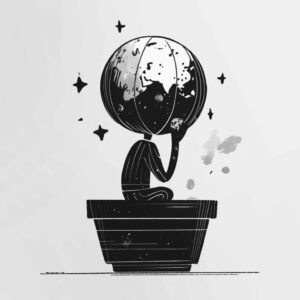
Idiom Infuser
Rewrites a one or more sentences using idioms and figurative expressions for extra flavor or cultural depth.

The Poetry Machine is a digital tool designed to create personalized, customized, mechanized poems. It allows you to specify the structure, rhyme, and tone of the poem, ensuring the final product resonates with a mood or message you hope to convey. Below is a short guide on how to use the Poetry Machine, including explanations of each selectable option and how to avoid potential conflicts when creating your custom poem.
The Subject/Theme field is the foundation of your poem. It is where you define the central concept, idea, or narrative that your poem will explore. This could range from a specific event to an abstract concept or emotion. When entering information into this field, be clear and concise, but also allow room for creative interpretation. Here are some guidelines:
Here are some examples and inspirations for themes that can be entered into the Poetry Machine:
Choose a form that fits your content and desired expression. Each form comes with its conventions:
After selecting the type of poem, choose a rhyme scheme that complements it. The rhyme scheme is the pattern by which the end words of lines rhyme. For example, “ABAB” denotes a four-line stanza in which the first and third lines rhyme, as do the second and fourth. Keep in mind that when you select a rhyme shcheme it may conflict with the poem type if selected.
The tone of a poem is the attitude or emotional ambiance that envelops the text. It sets the stage for the readers, guiding their emotional response and connecting them to the deeper layers of meaning within the poem. When you choose a tone for your poem, you’re selecting the voice and mood that will color every word and image.
Here are some additional descriptors to consider when setting the tone for your poem:
Meter in poetry is the structured pattern of rhythm, typically denoted by the arrangement of stressed and unstressed syllables in a verse. Let’s explore the key differences between the specified meter types.
Each meter brings its unique beat and musicality to a poem, and poets choose based on the emotional and rhythmic effects they want to achieve.
Use this field to add any specific requests or creative directions for your poem, such as “Please incorporate imagery related to the seasons.” You can use this section to instruct the Poetry Machine to write a poem with other types of structure or meter that may not be available in the dropdown menus. Get creative!
While the Poetry Machine provides flexibility, certain selections may conflict. For example, choosing a Haiku while selecting Iambic Pentameter for the meter would be contradictory since a Haiku has a specific syllable count that does not accommodate iambic pentameter.
The Poetry Machine is designed to detect these conflicts. If incompatible options are selected, it will highlight these issues and offer tips to resolve them. This ensures the integrity of the poetic structure and maintains the artistic flow of the composition.
By understanding each component and making informed selections, the Poetry Machine can serve as a powerful ally in the art of poetry creation. It allows for experimentation while also guiding the user to achieve a harmonious composition, making poetry writing more accessible to all.
How did this tool work for you? How can we make it better? Please send us your feedback by using the form below and include as many details as you can.

Rewrites a one or more sentences using idioms and figurative expressions for extra flavor or cultural depth.
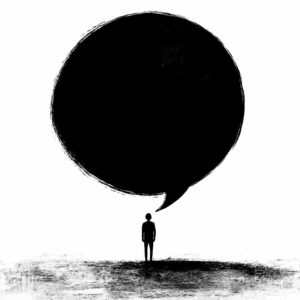
Transform your text into a hilariously slang-stuffed remix! Choose from a lineup of pre-tuned slang styles or describe your own.
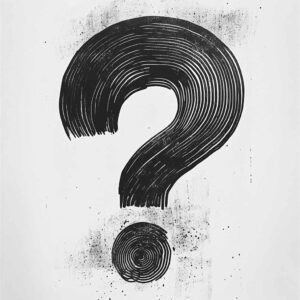
Build brain-teasing riddles based on your chosen theme and difficulty level.
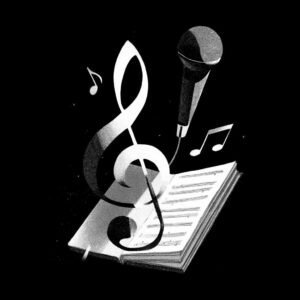
Write song lyrics in any style with simple instructions and custom presets for a variety of genres.
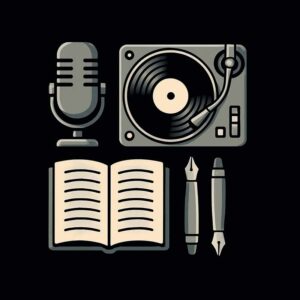
Unlock the flow, let the AI rhyme ignite, A freestyle tool spittin’ lyrics so tight. Enter your story, your theme, or your strife, click the button, let the rhymes come to life.
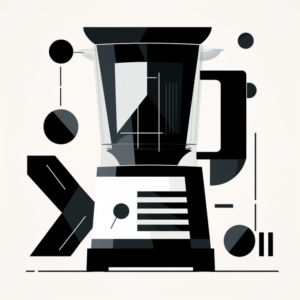
Mix words together to create fun and totally unique portmanteaus perfect for brand names or creative projects.
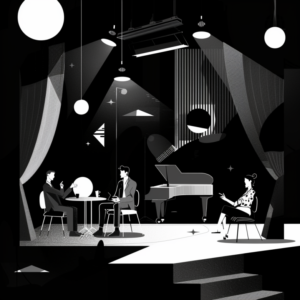
Write a unique comedy sketch based on your chosen setting, characters, themes and tone.

Deliver positive and uplifting words of appreciation with incredible style. There’s no easier way to make someones day.
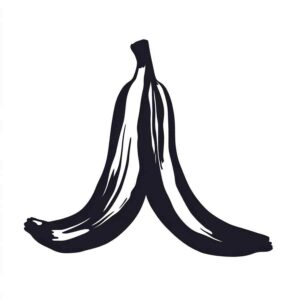
A pun-stoppable AI pun generator serving up fresh, punny jokes and comments for any occasion.
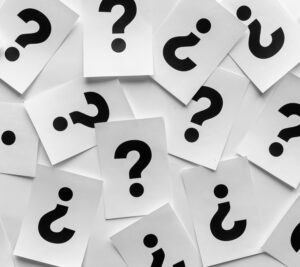
How intelligent is AI? Play a game of 20 Questions with a bot primed to win.
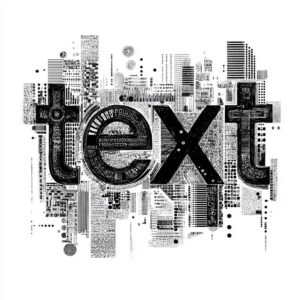
Transform plain words or usernames into stylish, cool, or weird aesthetic text utilizing unicode and special characters.
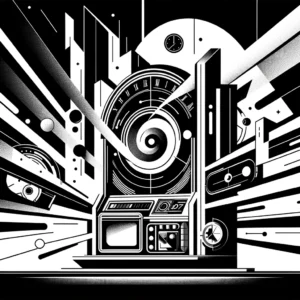
Embark on a fascinating journey through time. Enter any date and location to explore historical places, people and cultures.
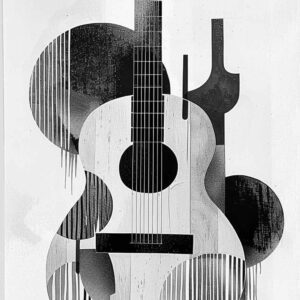
Write a country song for anyone and for any occasion faster than you can say yeehaw.
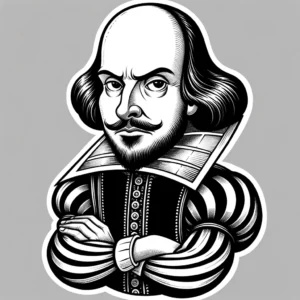
Roast your friends, family, or an entire fan base with effortless style.

I transform normal boring text into something “much wow”. Have fun and remember to do only good everyday.
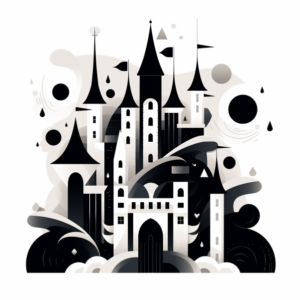
A fun and interactive way to create unforgettable personalized stories for children. Choose your own characters, settings and plotlines!